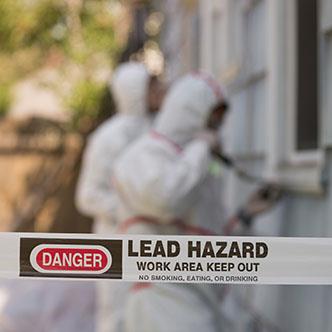
Lead exposure from paint, pipes and other sources could spell trouble for heart health, based on a recent study that confirms the link between lead exposure and hypertension.
Published in the Journal of the American Heart Association, this study looked at lead exposure and risk for resistant hypertension, or high blood pressure that persists despite treatment. It’s well established that lead exposure can negatively affect multiple organ systems, and past studies have linked continued exposure to lead to increased risk for high blood pressure. However, this is the first study of its kind to explore this link among patients with resistant high blood pressure.
Resistant hypertension is typically defined as having high blood pressure despite taking at least three different types of blood pressure-lowering medications or needing to take at least four medications for blood pressure control. High blood pressure currently affects an estimated one in three American adults. It’s estimated that anywhere from 9–20% of all patients with high blood pressure fail to respond to treatment, increasing their risk for heart events and other complications.
To learn more about this hard-to-treat population, researchers analyzed data from the Normative Aging Study, which has tracked the health of male veterans in the Boston area since in 1963. The most recent study included 475 men with an average age of 68. Participants had their blood pressure measured every 3–5 years and underwent X-rays and blood tests to measure lead exposure.
Overall, 20% of participants had resistant hypertension based on the definition above, and many had evidence of low levels of lead in their system.
After analysis, researchers found that participants with evidence of lead in the tibia (larger bone in the bottom part of the leg) were more likely to have resistant hypertension. In fact, each incremental increase in lead markers was linked to a 19% increased risk for resistant hypertension.
Other markers of lead in the blood and patella bone were also associated with increased risk for resistant hypertension. However, these associations were not considered statistically significant.
Findings help confirm the association between lead exposure and increased risk for hypertension. According to authors, this is the first study to show that lead exposure also risks for resistant hypertension, which is especially hard to treat.
Based on the known health effects of lead exposure, avoiding any exposure is always recommended, especially in children. However, lead can still be found in certain paints and dust in older buildings, as well as in air, water, soil and certain repair shops. Therefore, limiting exposure to these potential sources is important both for overall health and to potentially reduce risk for high blood pressure.
It's also important to note that this study was relatively small and included men only, most of which were white. Additional research is needed to further explore the link between lead and blood pressure in a more diverse population.